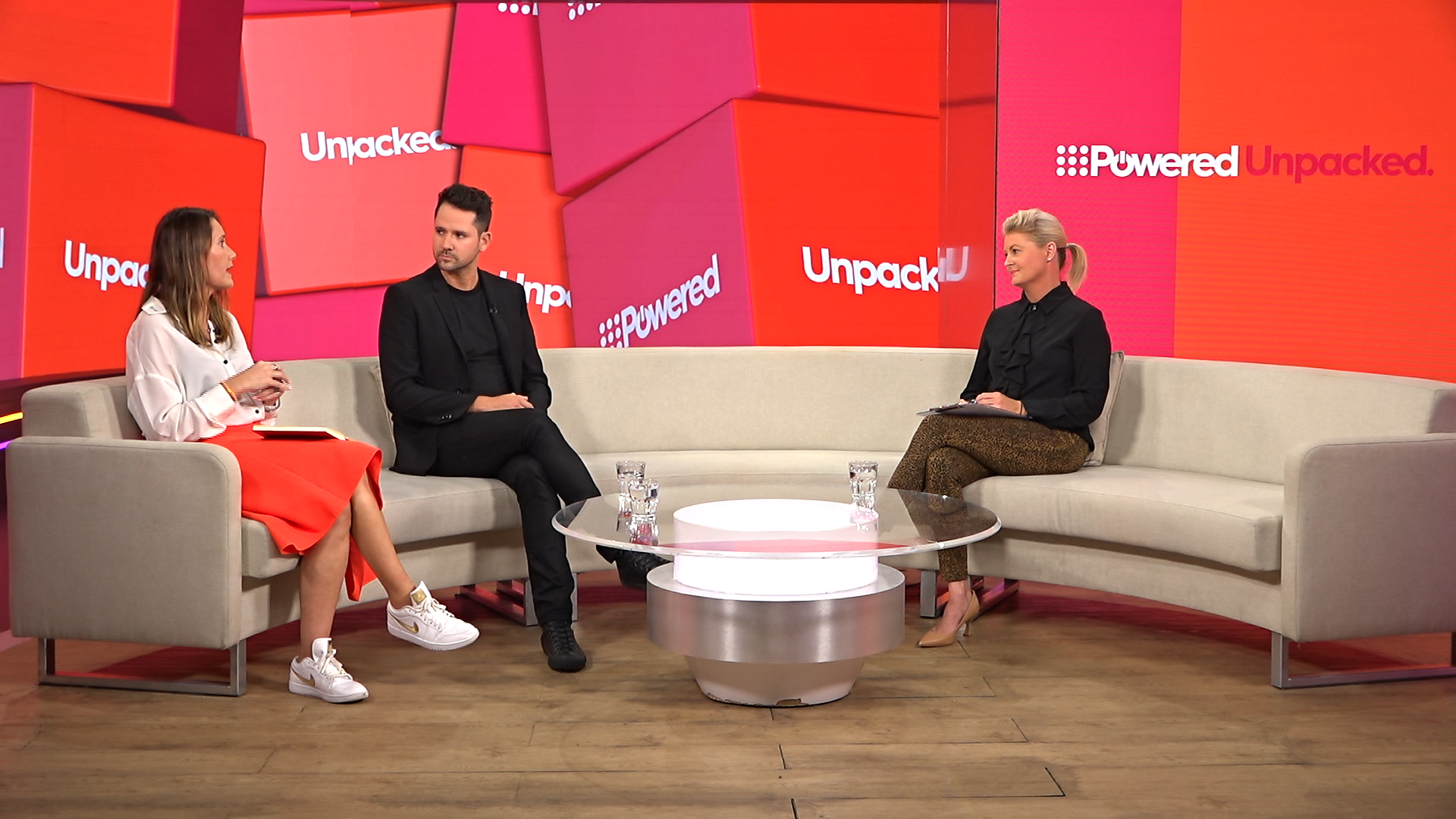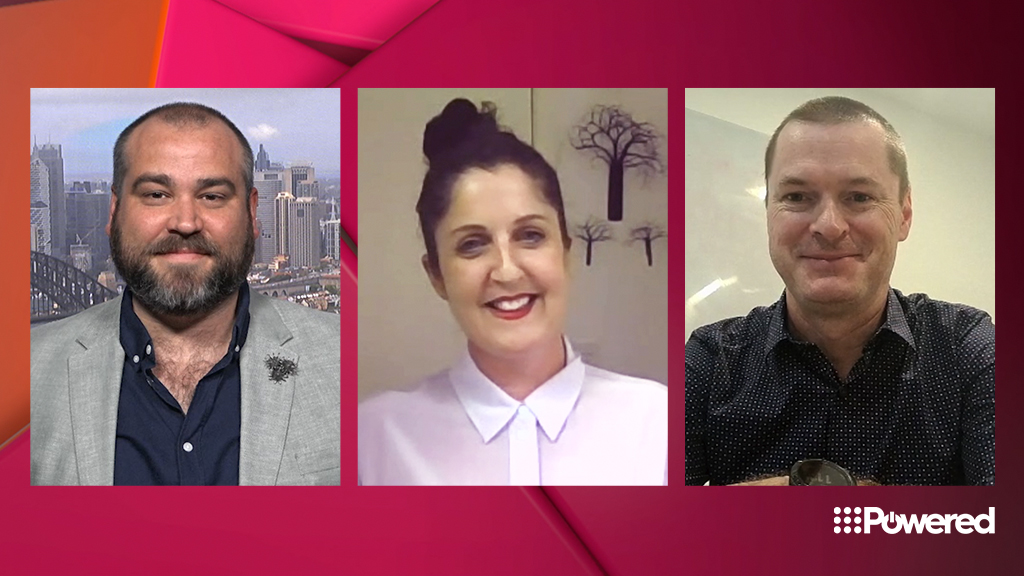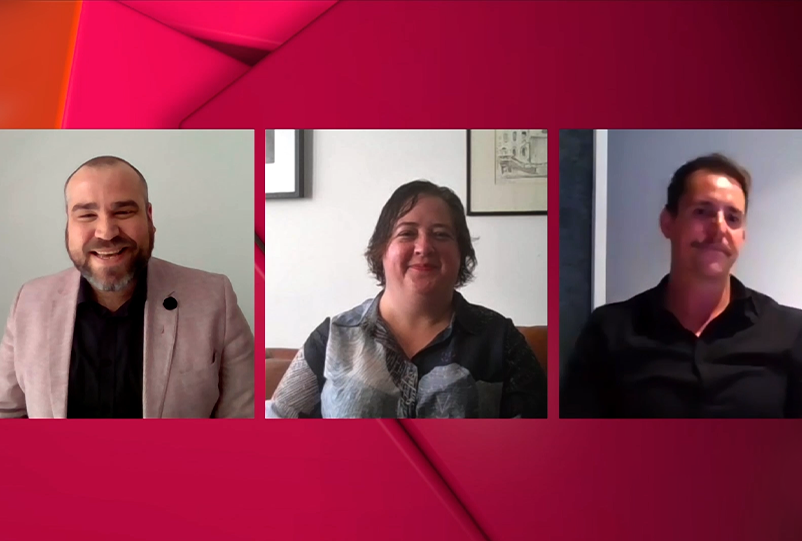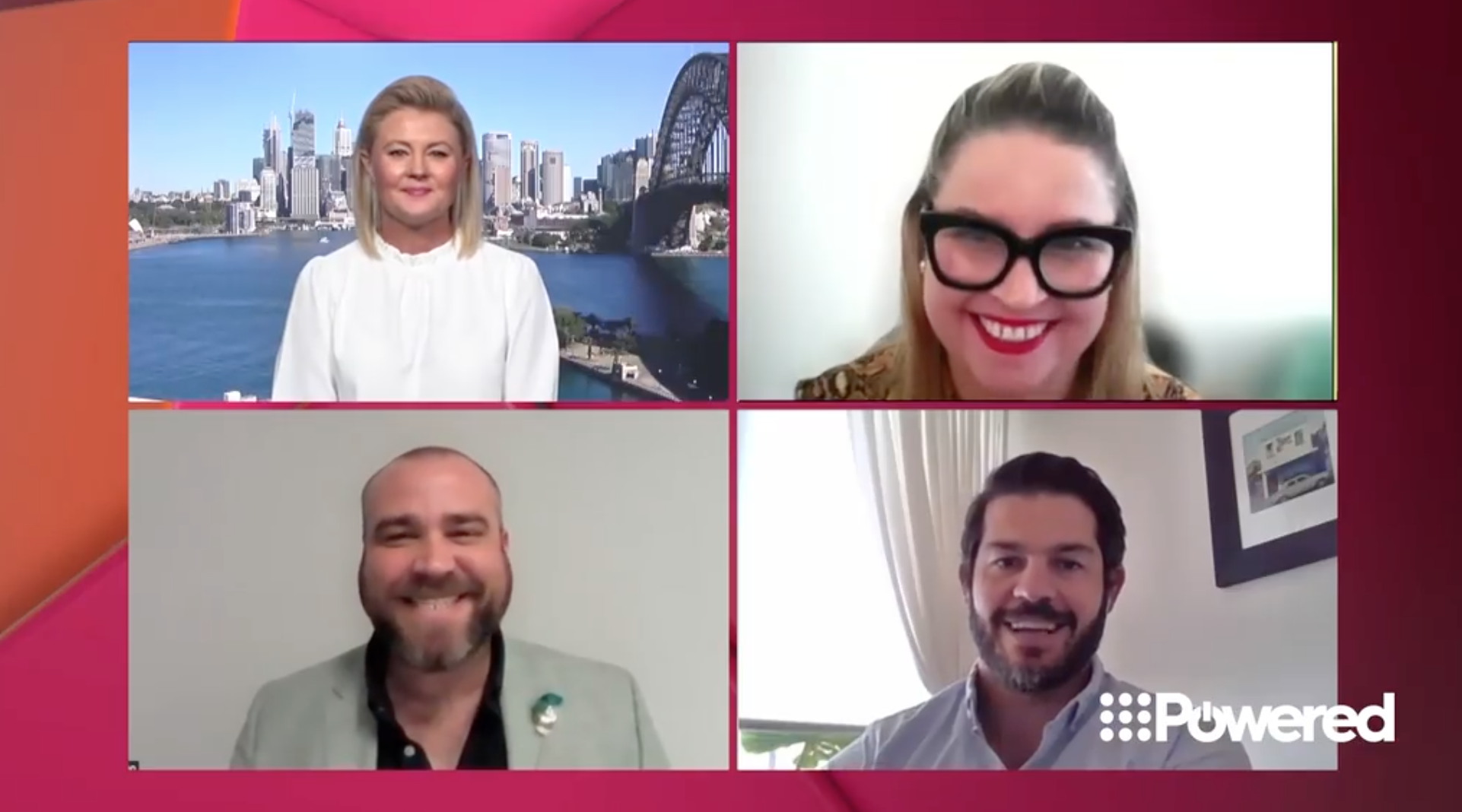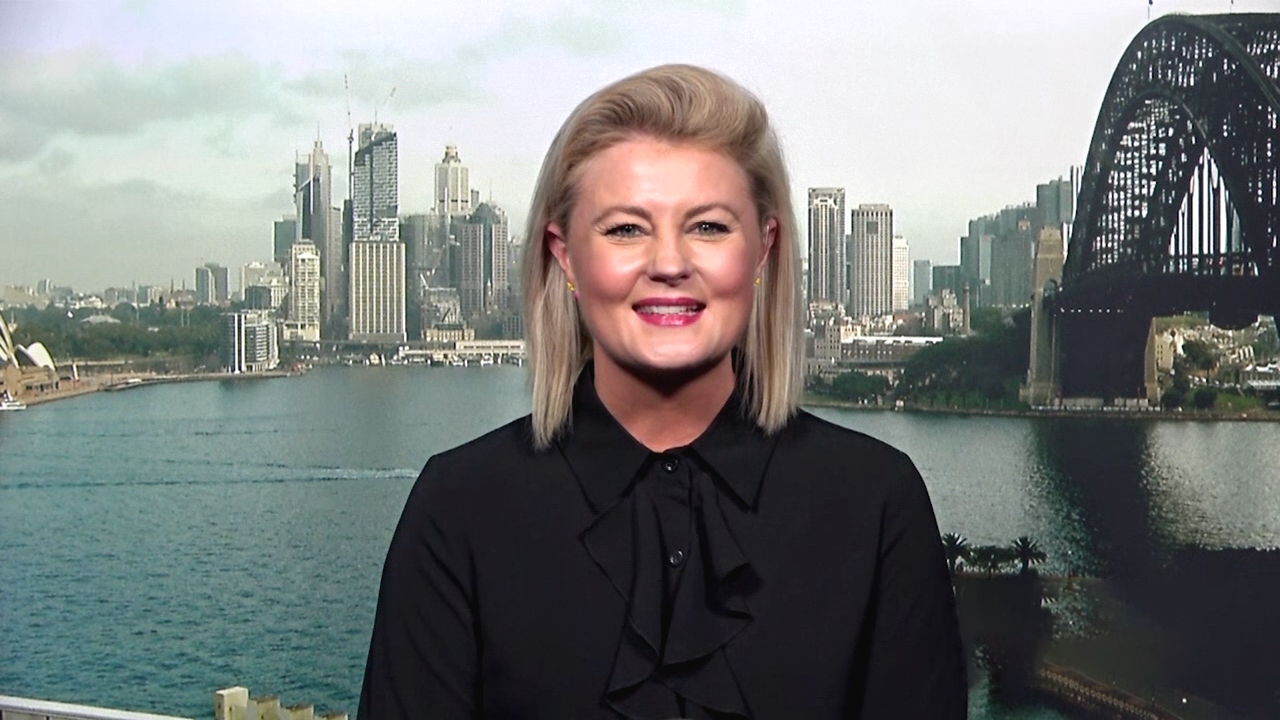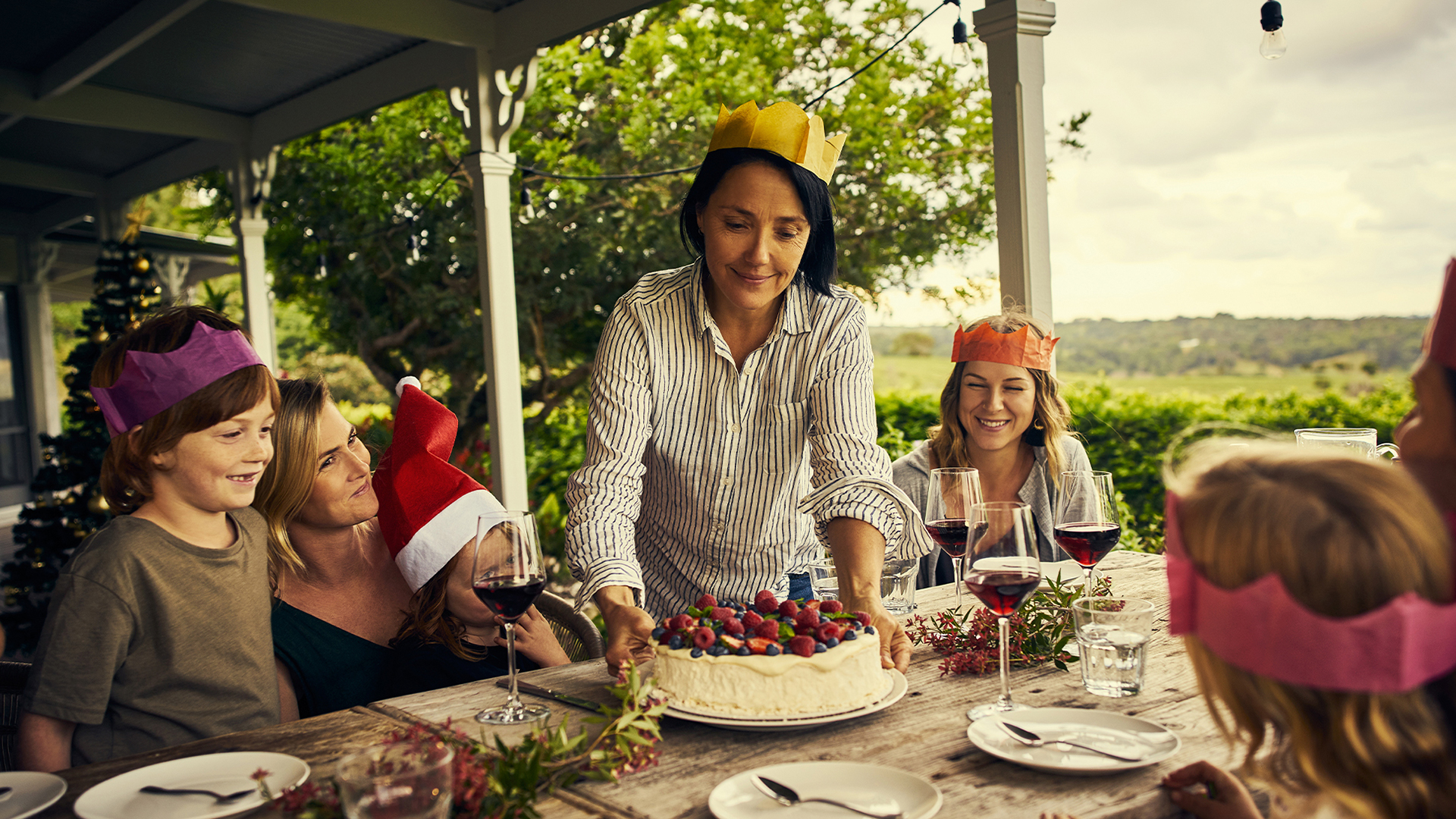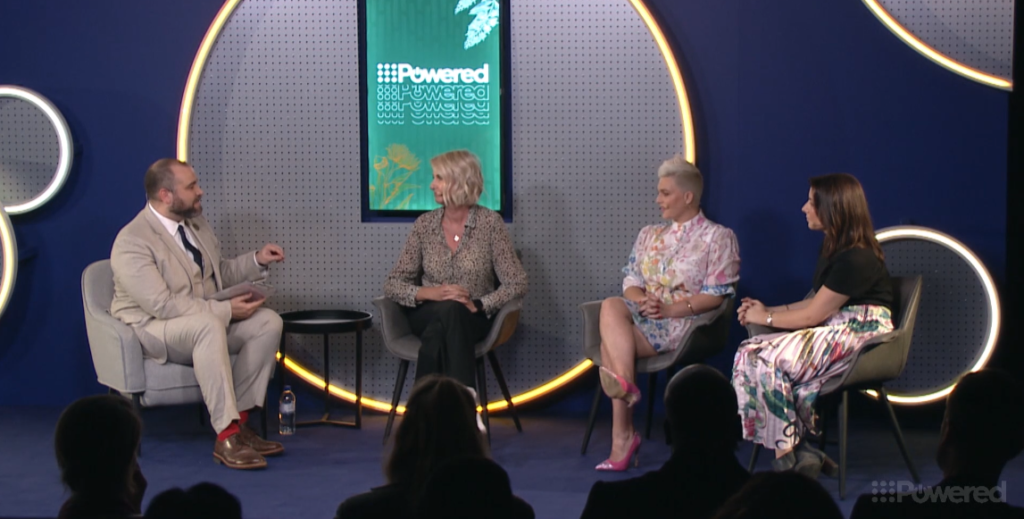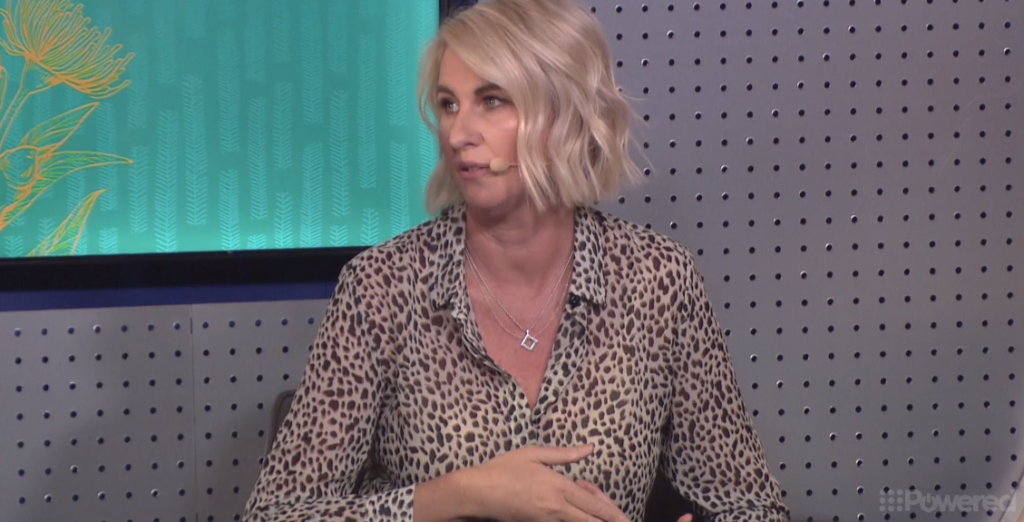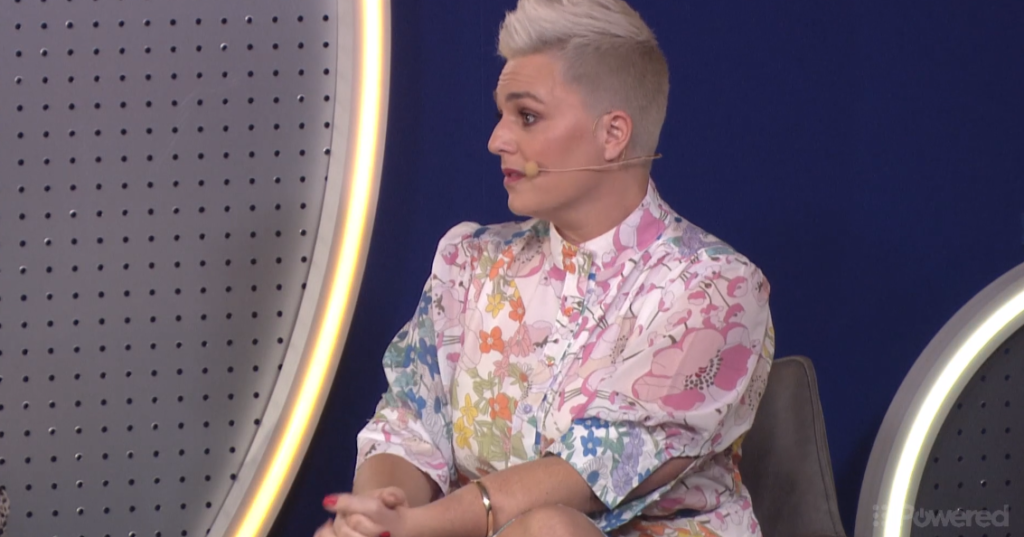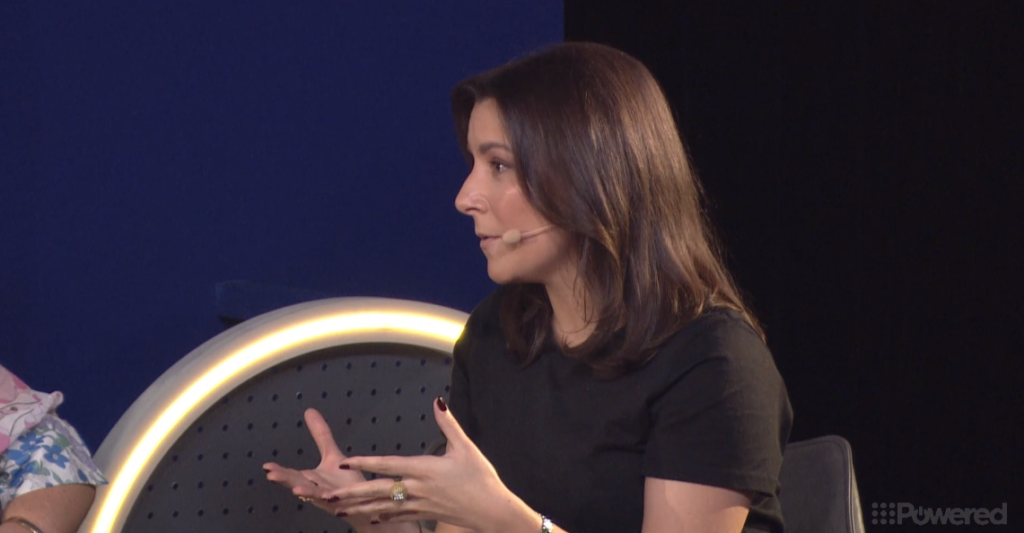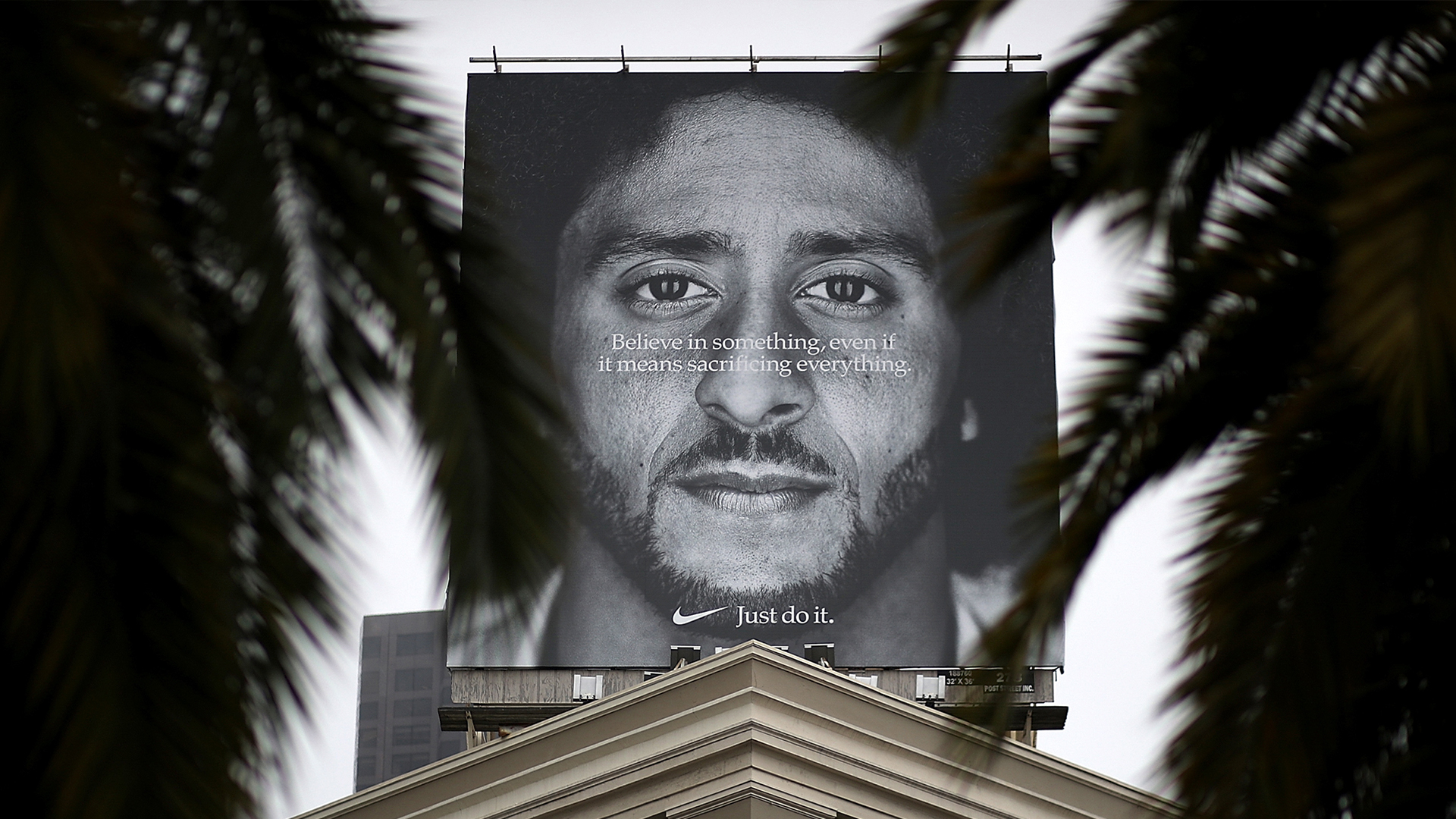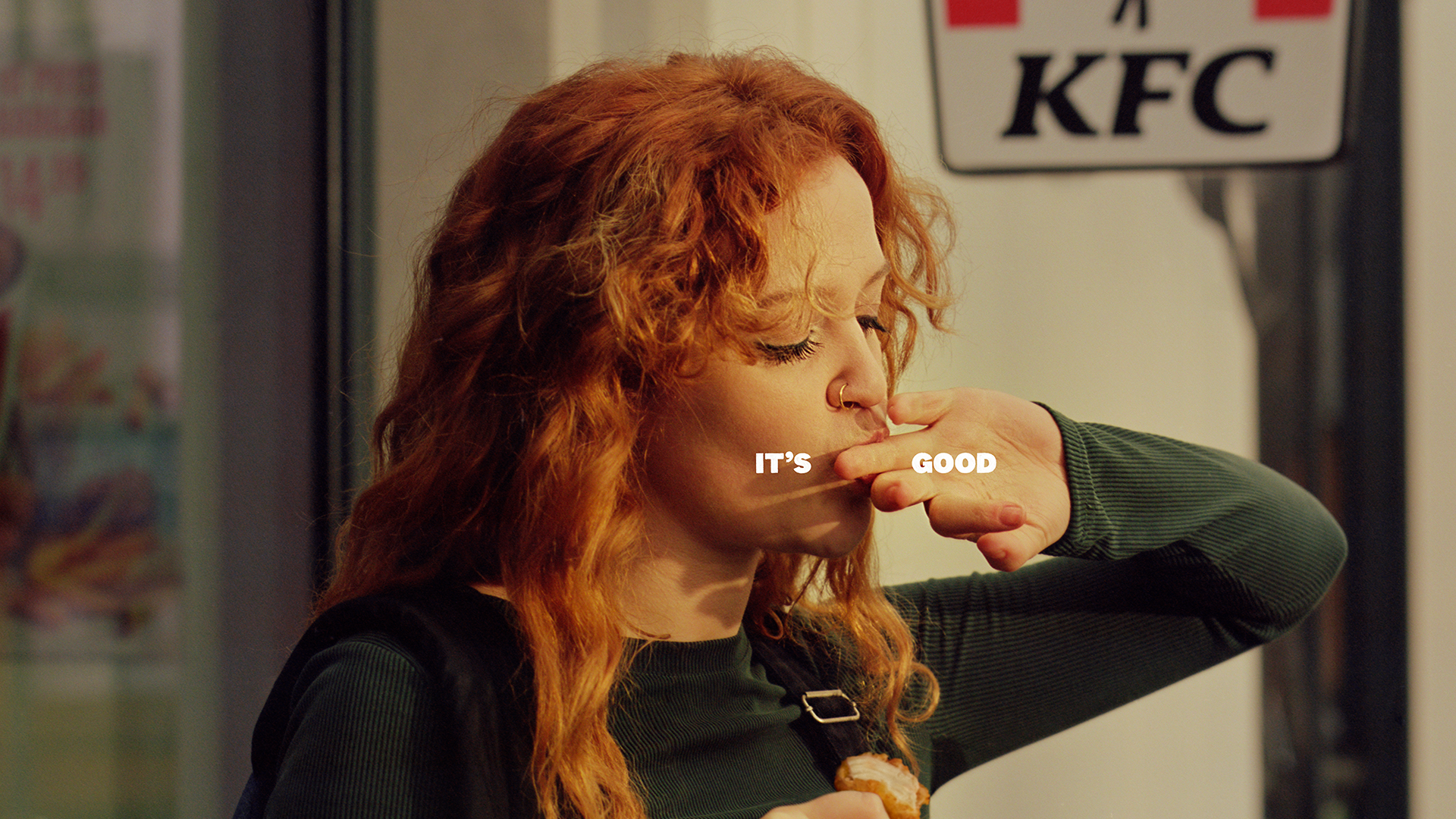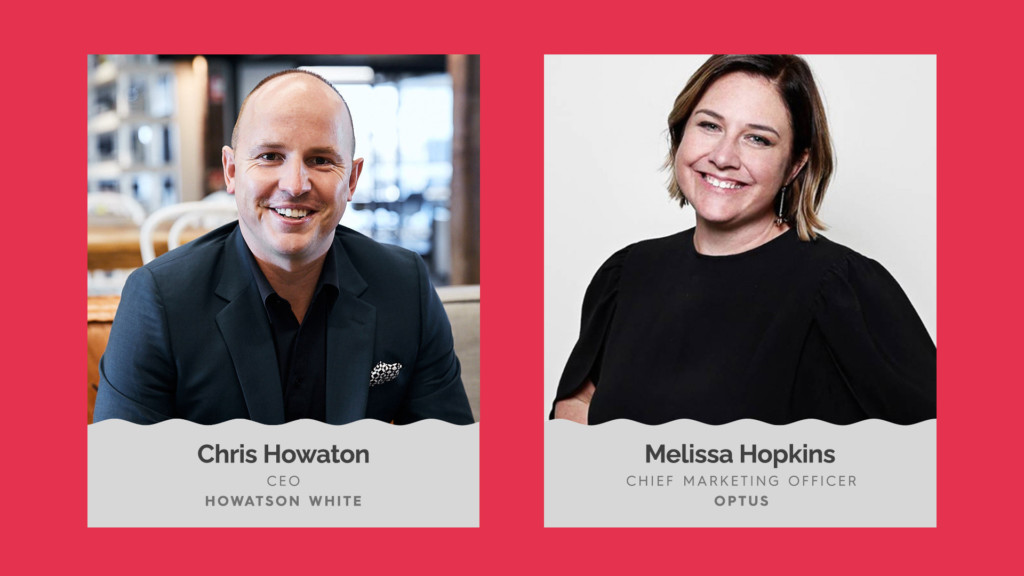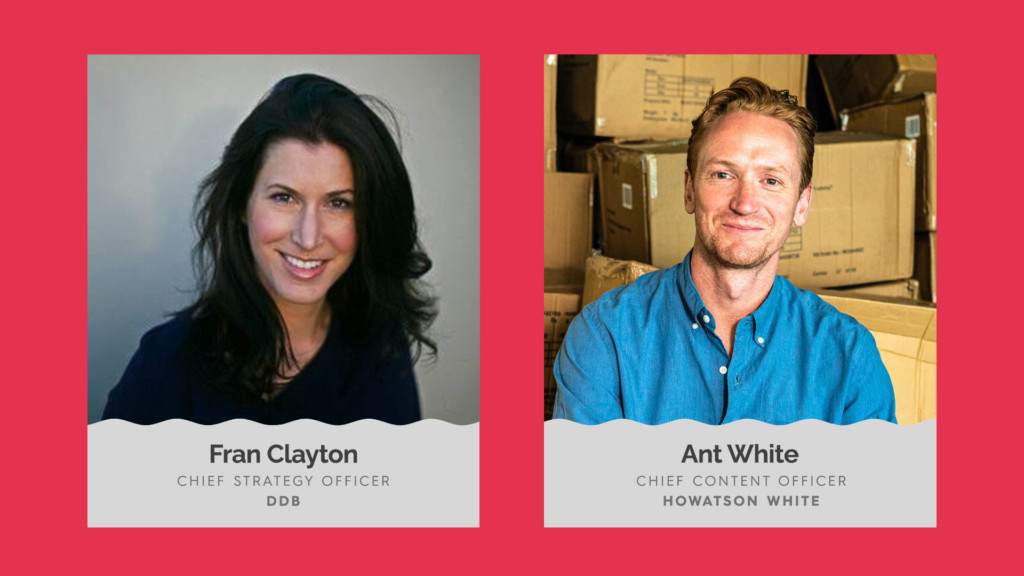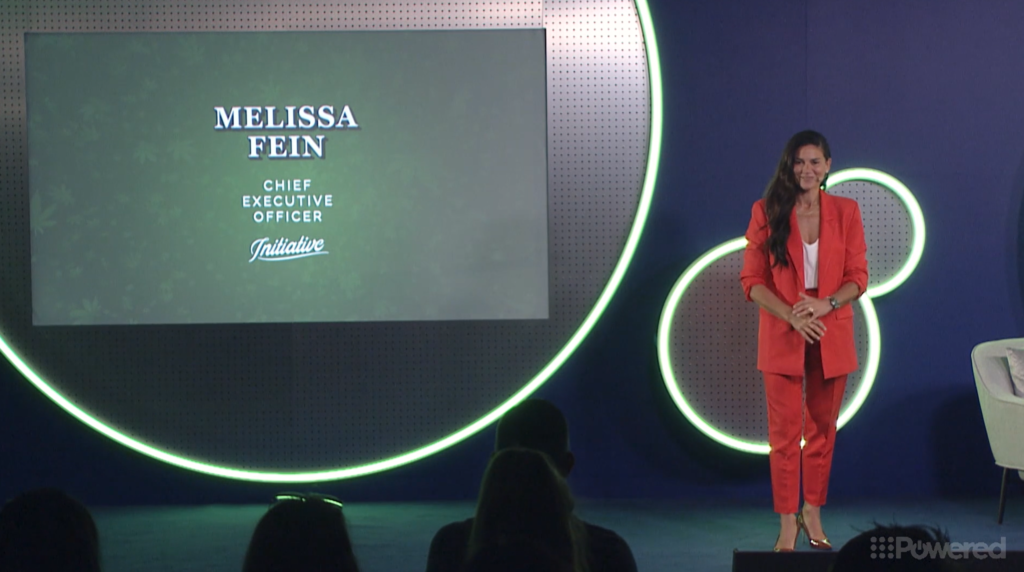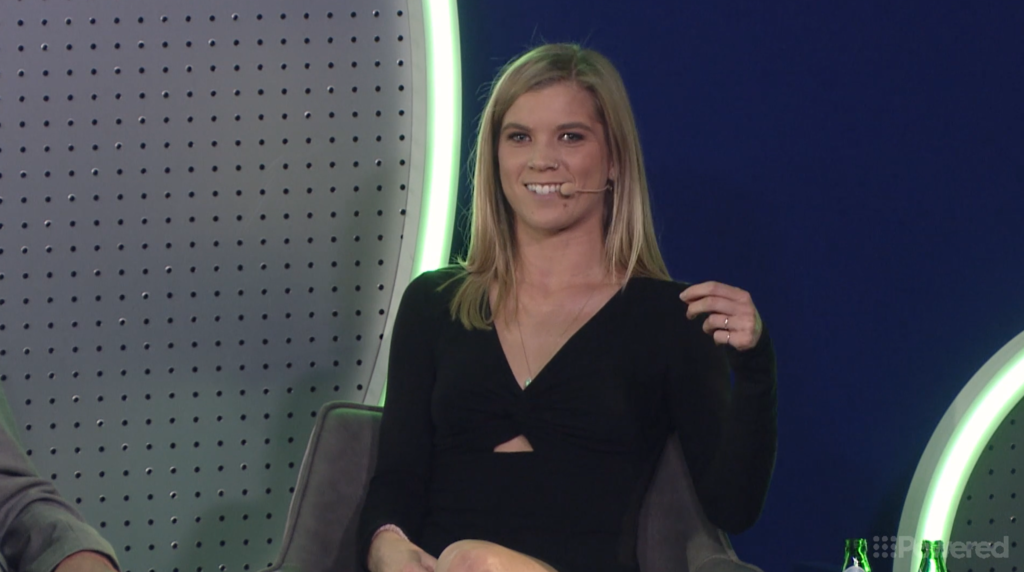Powered Unpacked
Content Marketing: Using the power of long-form content to tell a brand story.

Reaching 12 million Australians with powerful tales of help and 978 different assets, IAG, Nine and Initiative amplified A Fire Inside to drive real-world action.
IAG didn’t set out to make a 90-minute feature film. But A Fire Inside became Australia’s number one documentary of last summer, with 850,000 views. In the process, NRMA, Nine and Initiative also created 978 different assets, according to Zara Curtis, Director of Content and Customer Engagement at IAG, to further fuel a story that she says is deeply connected with Australian culture. Telling Australia’s “raw, emotional” bushfire stories goes way beyond content marketing, and real-world results have left IAG “completely blown away”. More people are now talking about volunteering to fight fires and climate change, says Curtis, areas where Australia and its insurers can ill afford apathy.
Powerful stories drive change
The stories coming out of the Black Summer bushfires were raw, powerful, and struck at the core issues Australian society faces: a warming climate, a fragile ecosystem and a deep need to help each other though increasingly complex challenges.
Insurers are inherently risk experts. “Climate change isn’t going anywhere. As an insurer, we have seen that in Australia. Our statistics really talk to that,” says IAG’s Zara Curtis.
“Yet in Australia, volunteering is going down. So at the time when we need it most, people just aren’t leaning in to help.” Given that NRMA’s brand stands for help, she says, “What better way to show our brand purpose?” while driving concrete action to reverse that trend.
Using footage of the bushfires and the firefighters, NRMA made what some consider to be the most powerful advert of 2020, First Saturday, which was subsequently pulled after being judged to have breached advertising standards. It was unquestionably potent, perhaps too much, too soon for some.
But the “amazing, powerful and emotional stories” coming out of the Black Summer bushfires “about how people leaned in to help” needed to be told, says Curtis.
So IAG decided to take the vast trove of footage and imagery and, while treading carefully with production company Finch, approach Australians who had been hit by the fires.
“It was a very gentle approach, and very much their stories,” says Curtis. “We have hero firefighters like Nathan Barnden who saved people’s lives when he lost members of his own family, and so many others that leant in to help. Really powerful, really raw stories.”
The team filmed on and off for almost a year. “Every time we went back, mostly to the South Coast of NSW, a different story would unfold, so we tried to focus on the collective power of ‘help’, but with the message of volunteering to ask, ‘well, what can you do?’” adds Curtis.
Help to scale impact
After the film’s cinematic release, IAG and media agency Initiative sought to scale its impact. Initiative MD Sam Geer said Nine’s scale across broadcast TV and radio, as well as streaming and on-demand, plus news mastheads, is yet to be fully tapped for a single campaign by any brand.
“I don’t think any singular marketer has harnessed that power yet. Maybe in patches, using a combination of channels. But the cultural power that Nine holds across that suite of assets is something we looked at. Not only from a reach point of view, to get the message out and make sure people saw the film, but also to drive conversation,” says Geer. “We wanted people to take action.”
Driving people to take action – to volunteer, to recognise the risks to society presented by climate change – were key outcomes.
“So the content marketing piece is the start,” says Curtis. “But we have a three-year partnership with Minderoo Foundation and the Australian Resilience Corps, for whom fire and flood resilience are key initiatives. So the impact of the content lives on.”
Meanwhile, IAG’s Safer Communities team, which sits outside marketing, will drive further action for both of those partnerships, through staff and community engagement, Muster Days across Australia, and via partnerships with Nine.
“That's the impact piece,” says Curtis. “It's okay to do content, but our view is, what difference is it going to make?”
Real world results, more to come
“The promise of an integrated proposition very rarely meets the execution,” admits Initiative’s Geer. But working with Nine’s Powered team, plus producers and journalists across the business, “means this is one of the very rare cases where it has.”
“We’ve reached 12 million Australians and intricately planned messages to different audience groups across the suite of assets. The film has been seen by 150,000 people. It was the number one documentary last summer. And now we are seeing that translate into action through the Minderoo Foundation, which makes you very proud.”
Curtis said the insurer has been “completely blown away” by the film’s impact.
“Sixty-eight per cent of people who saw the film said they were having conversations around volunteering and climate change and 58 per cent knew it was made by NRMA, and that we stood for ‘help’, which is just brilliant for brand awareness. Consideration for people to actually impact and help shifted from 43 per cent to 72 per cent.
“So we are in a really good place at the start of this journey.”
Contact us for more information on how your brand can leverage the power of Nine to deliver real business outcomes.


